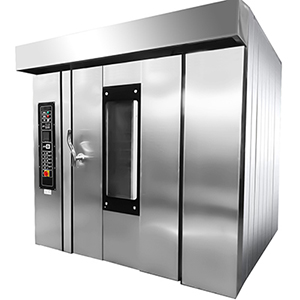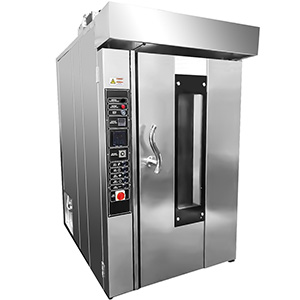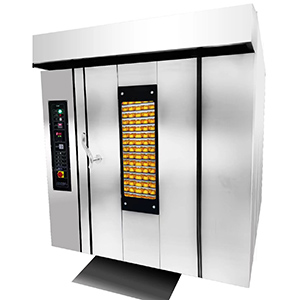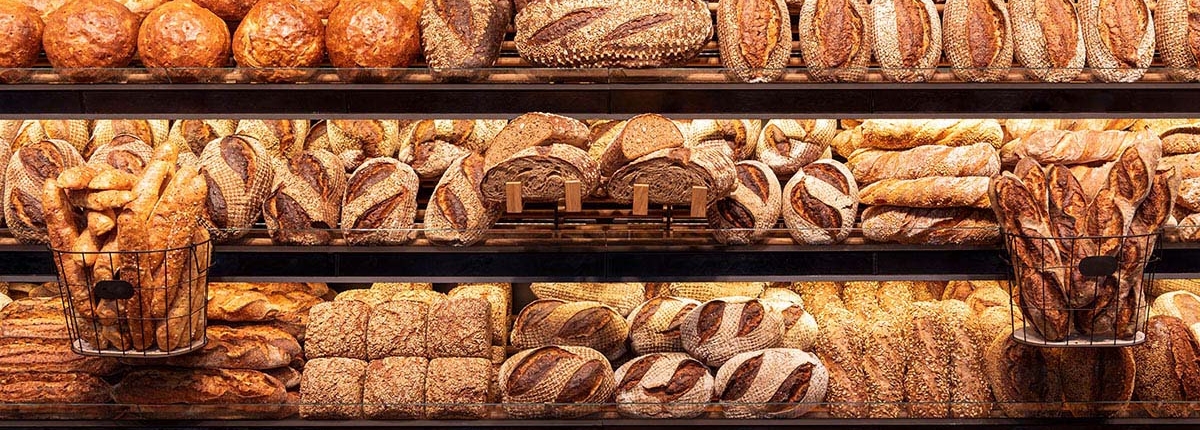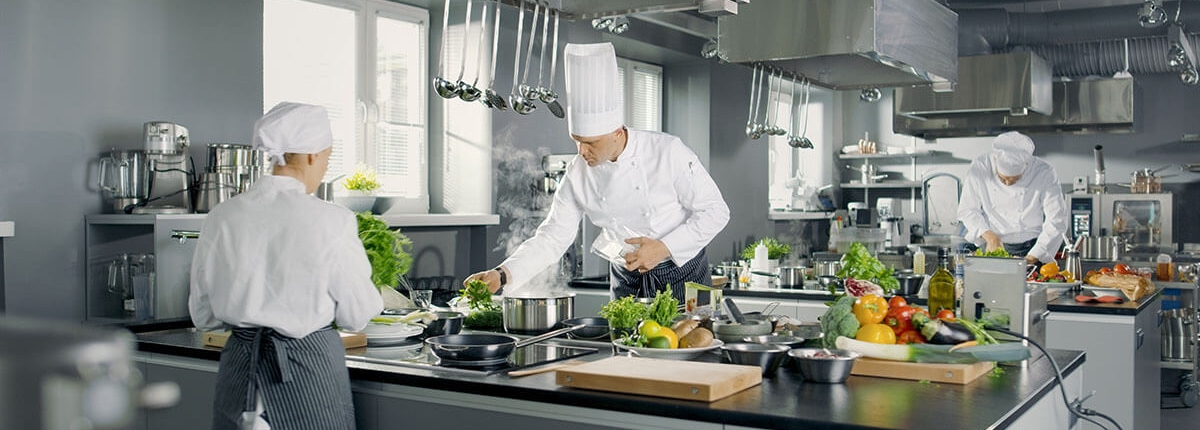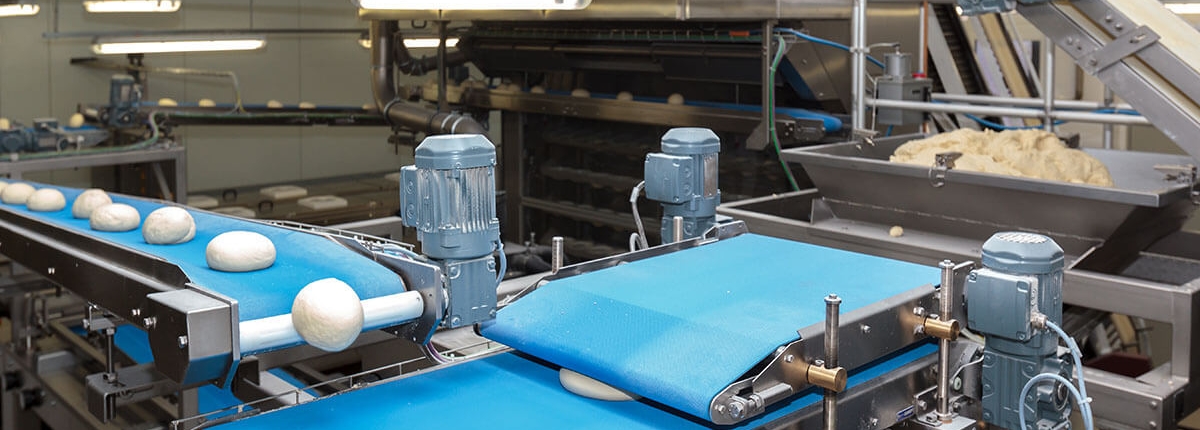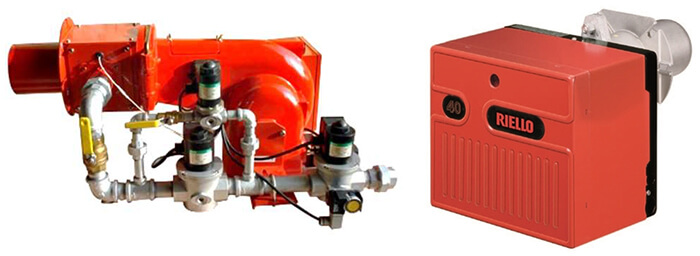The basic structure of a rotary oven typically consists of a heating chamber, rotating rack trolley, and a control panel.
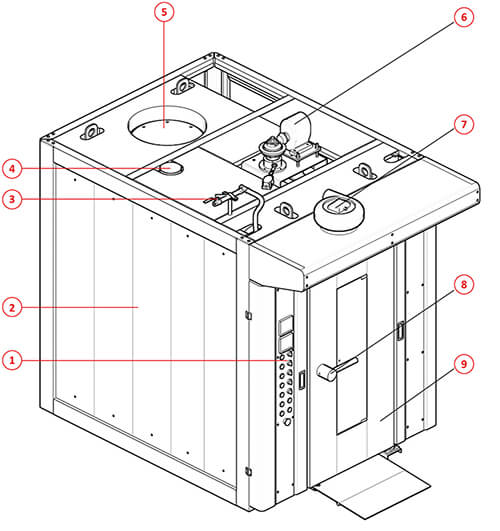
- Control panel
- Housing
- Water supply valve
- Exhaust pipe
- Circulation fan
- Grill motor
- Extractor fan
- Handle
- Oven door
The heating chamber is the interior space of the oven where the food is cooked. It is typically insulated to retain heat and keep the oven’s temperature consistent. The heating chamber is typically heated by gas burners or electric heating elements, which generate radiant heat. This heat is then circulated throughout the oven by a fan or blower, creating a convection current that helps to evenly distribute heat and cook the food more quickly.
The rotating rack or trolley is the part of the oven that holds the food and rotates to evenly cook the food on all sides. The rack or trolley is typically made of metal and is designed to withstand high temperatures. It is placed inside the heating chamber and rotates continuously as the oven operates. This ensures that the food is cooked evenly on all sides and that it is exposed to the heat for the same amount of time.
The control panel is typically located on the outside of the oven and allows the user to set the temperature and other cooking parameters. The control panel may include buttons, dials, or digital displays that allow the user to adjust the oven’s settings. It may also include indicators, such as a timer or temperature gauge, that show the progress of the cooking process.
In addition to these basic components, a rotary oven may also include other features, such as a door for accessing the heating chamber, shelves or racks for holding multiple trays or pans of food, and a ventilation system for removing excess heat and moisture from the oven. The exact design and features of a rotary oven may vary depending on the specific model and intended use of the oven.

